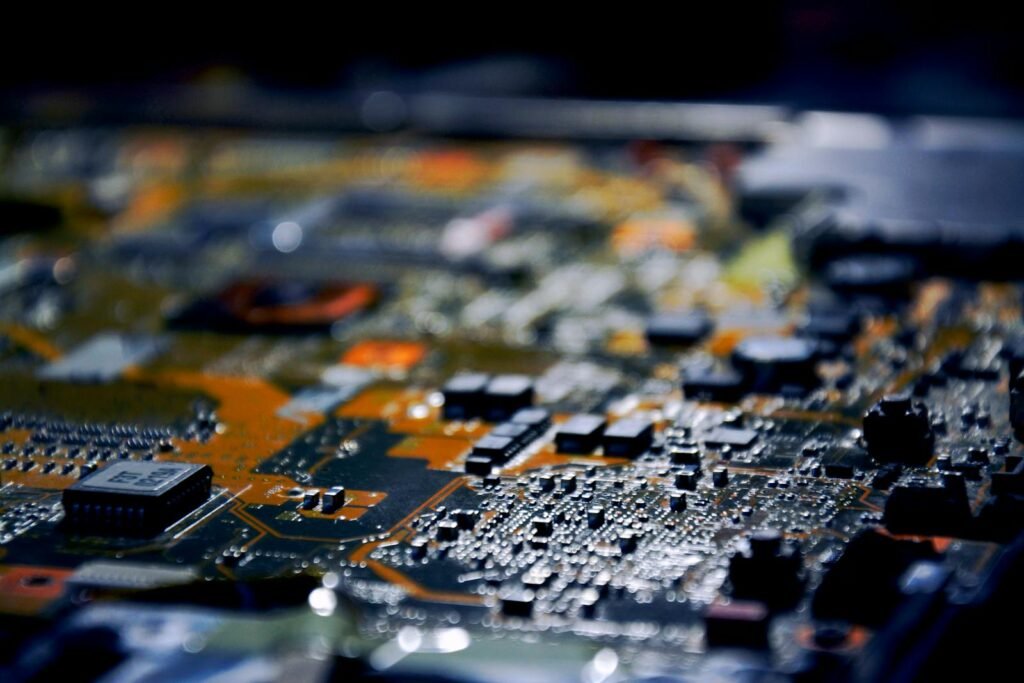Imagine a world where we can construct materials with the precision of a master artist, placing each atom exactly where it’s needed. This is not a fantasy but the reality that nanotechnology is bringing into focus. By manipulating matter on an atomic scale, scientists are opening the door to innovations that were once confined to the realm of science fiction. This remarkable journey into the nanoscale is transforming industries and revolutionizing our understanding of materials.
The Power of the Nanoscale
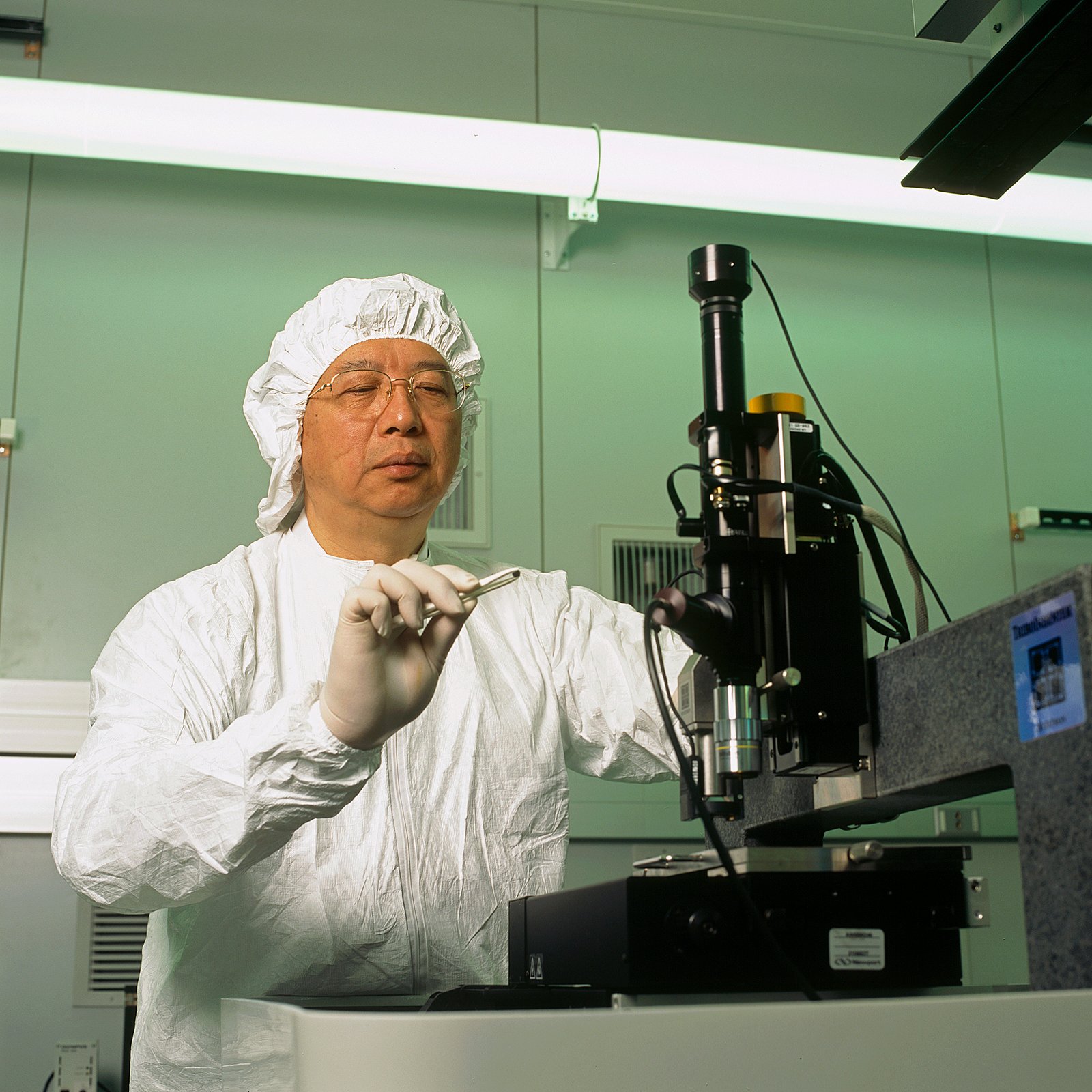
Nanotechnology operates at a scale so small that it defies everyday intuition. A nanometer, the unit of measure in this realm, is one-billionth of a meter. To put this into perspective, a single sheet of newspaper is about 100,000 nanometers thick. By working at such a diminutive scale, scientists can manipulate atoms and molecules directly. This enables the creation of materials with properties that surpass their larger counterparts. For example, carbon nanotubes, with their exceptional strength and conductivity, are a direct result of nanoscale engineering.
Manipulating Atoms with Precision

The ability to control atoms individually is akin to having an artist’s brush with infinite detail. Techniques like atomic layer deposition and molecular beam epitaxy allow scientists to place atoms with pinpoint accuracy. These methods are similar to building a wall, where each brick is an atom, and the mortar is the energy that binds them. This precision not only enhances the material’s properties but also opens new possibilities for customization.
Revolutionizing Material Properties
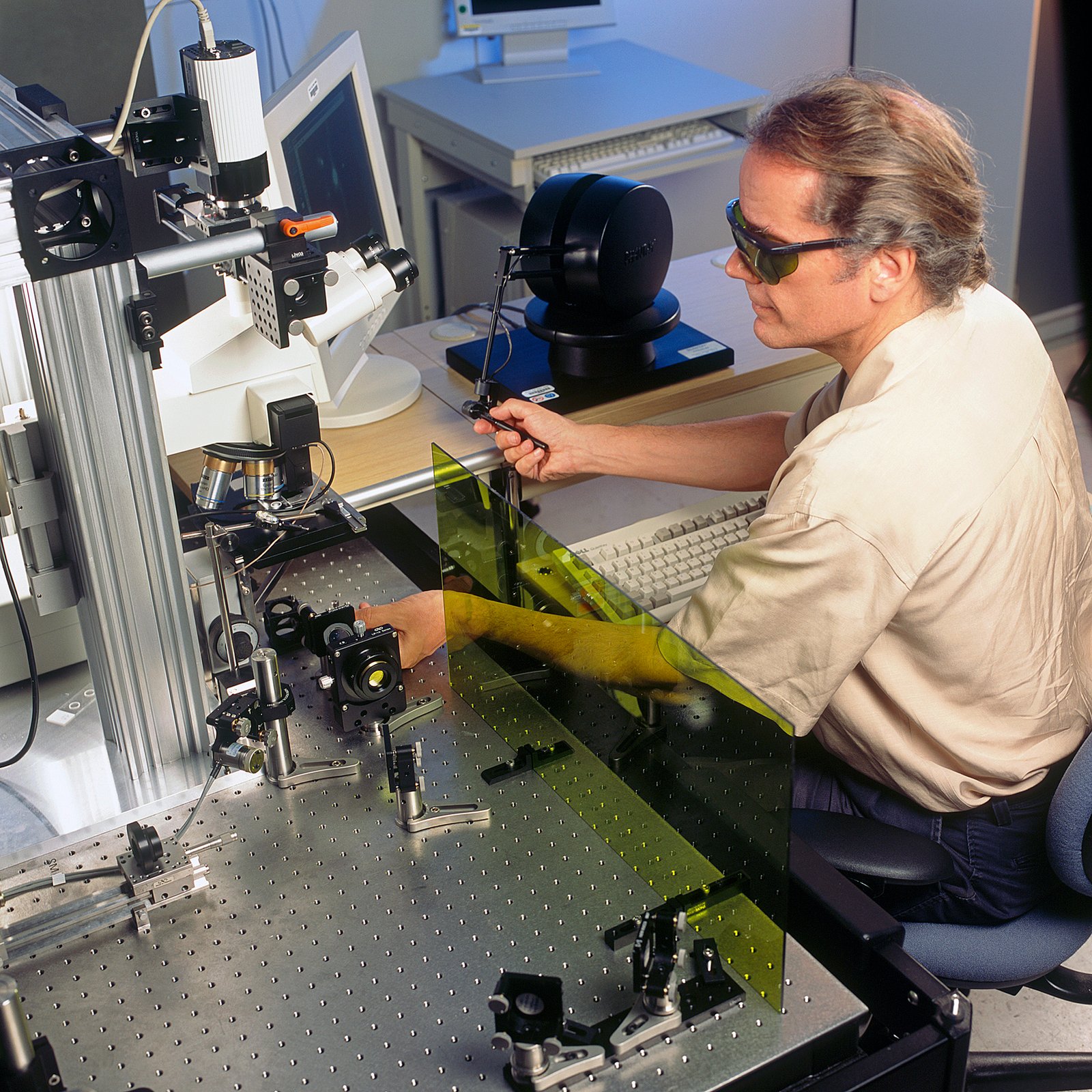
Nanotechnology is redefining what materials can do. By altering the arrangement of atoms, scientists can imbue materials with extraordinary properties. For instance, by rearranging the atoms in common metals, we can create superalloys that withstand extreme temperatures. Similarly, manipulating the atomic structure of silicon can lead to more efficient solar cells. These advancements are not just theoretical; they are paving the way for real-world applications.
Applications in Medicine
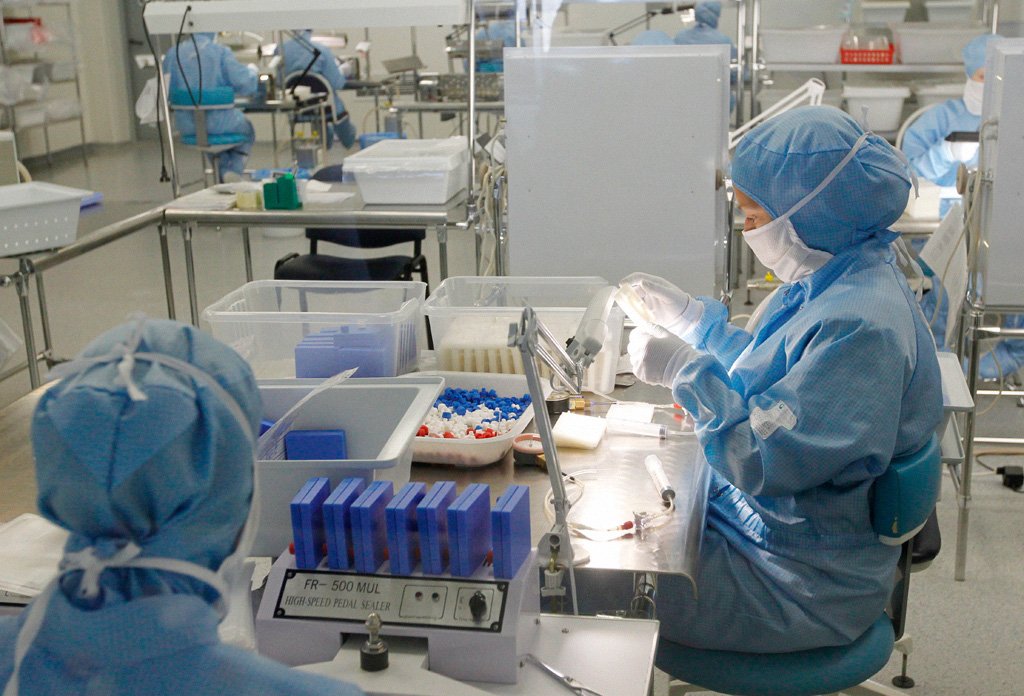
In the medical field, nanotechnology is a game-changer. Imagine tiny robots that can navigate the human body, delivering drugs precisely where needed. These nanobots operate on the nanoscale, interacting with cells and tissues in ways previously unimaginable. Additionally, nanoparticles are being used in drug delivery systems, improving the effectiveness of treatments while minimizing side effects. The potential for early disease detection and personalized medicine is becoming a reality through these advancements.
Environmental Impact and Sustainability
Nanotechnology is not only about creating new materials but also about addressing environmental challenges. By designing materials at the atomic level, scientists can develop solutions that are both efficient and eco-friendly. For example, nanoscale catalysts can enhance chemical reactions, reducing the energy required for industrial processes. Additionally, nanomaterials are being used to create more efficient filtration systems for clean water and air, contributing to a more sustainable future.
Challenges and Ethical Considerations
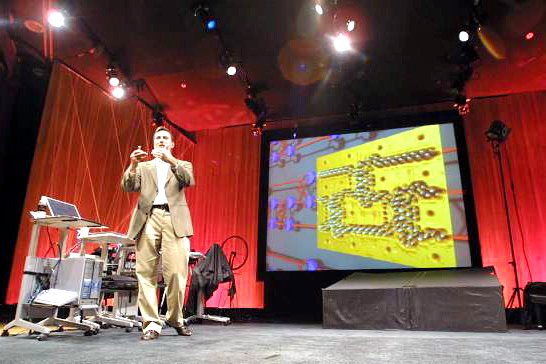
While the promise of nanotechnology is immense, it is not without challenges. The manipulation of matter at such a small scale raises questions about safety and ethics. How do we ensure that these technologies do not have unintended consequences? The potential for misuse, whether in weaponry or surveillance, must be carefully considered. As we advance, it is crucial to establish guidelines and regulations that balance innovation with responsibility.
The Role of Quantum Mechanics
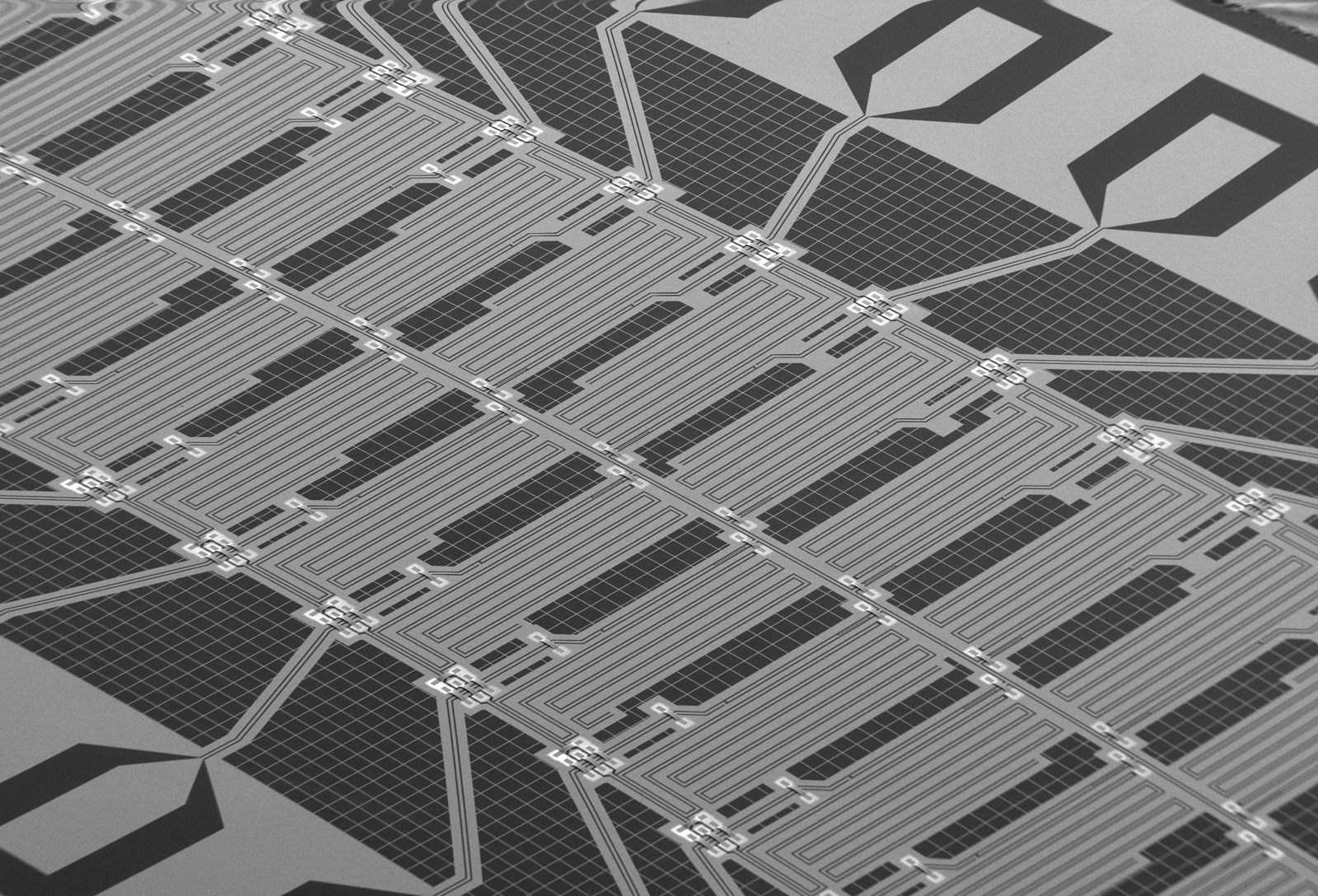
Understanding the behavior of materials at the nanoscale requires a deep dive into quantum mechanics. At this level, particles do not behave like the larger objects we interact with daily. They follow the strange rules of quantum physics, where particles can exist in multiple states simultaneously. This understanding is essential for predicting how materials will behave when constructed atom by atom, guiding scientists in designing new materials with unprecedented properties.
Industrial Implications
Industries across the board are feeling the impact of nanotechnology. From electronics to textiles, the ability to engineer materials at the atomic level is leading to breakthroughs. For example, in the electronics industry, transistors are becoming smaller and more efficient, leading to faster and more powerful devices. In textiles, nanoscale treatments can make fabrics more durable and stain-resistant. The ripple effect of these innovations is transforming markets and driving economic growth.
Future Prospects and Innovations

As we look to the future, the possibilities of nanotechnology appear boundless. Researchers are exploring the potential of self-healing materials, where atomic rearrangements can repair damage automatically. Additionally, the development of quantum dots, tiny semiconductor particles, is opening new doors in display technologies and medical imaging. The continued exploration of the nanoscale promises to yield innovations that we can scarcely imagine today.
Conclusion
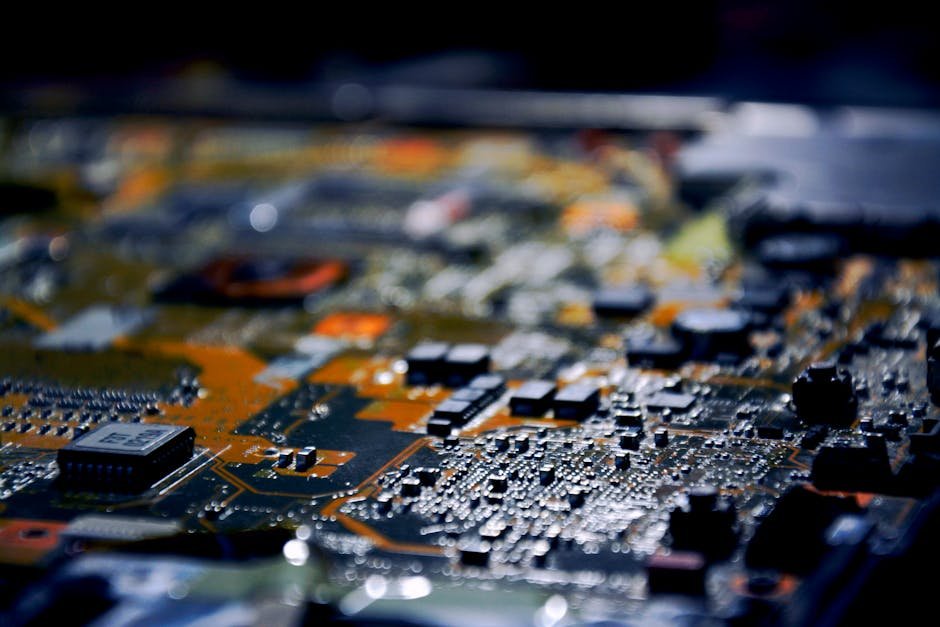
The journey of building materials atom by atom is a testament to human ingenuity and curiosity. Nanotechnology is not just a scientific endeavor but a revolution that touches every aspect of our lives. As we continue to explore the nanoscale, the potential for innovation is limitless, promising a future where the boundaries of what is possible are continually redefined.

